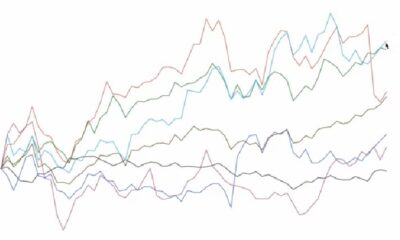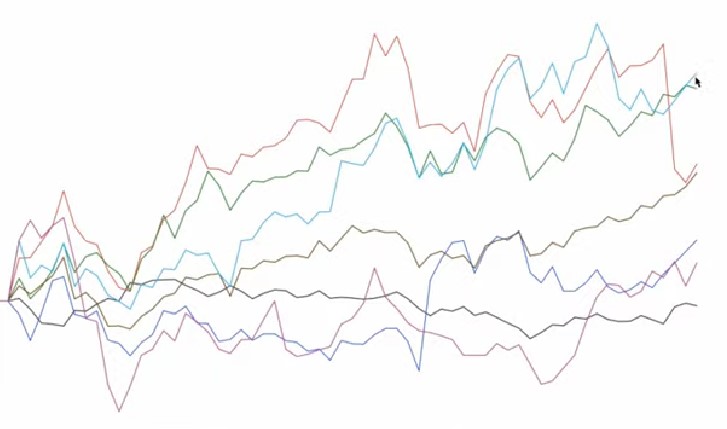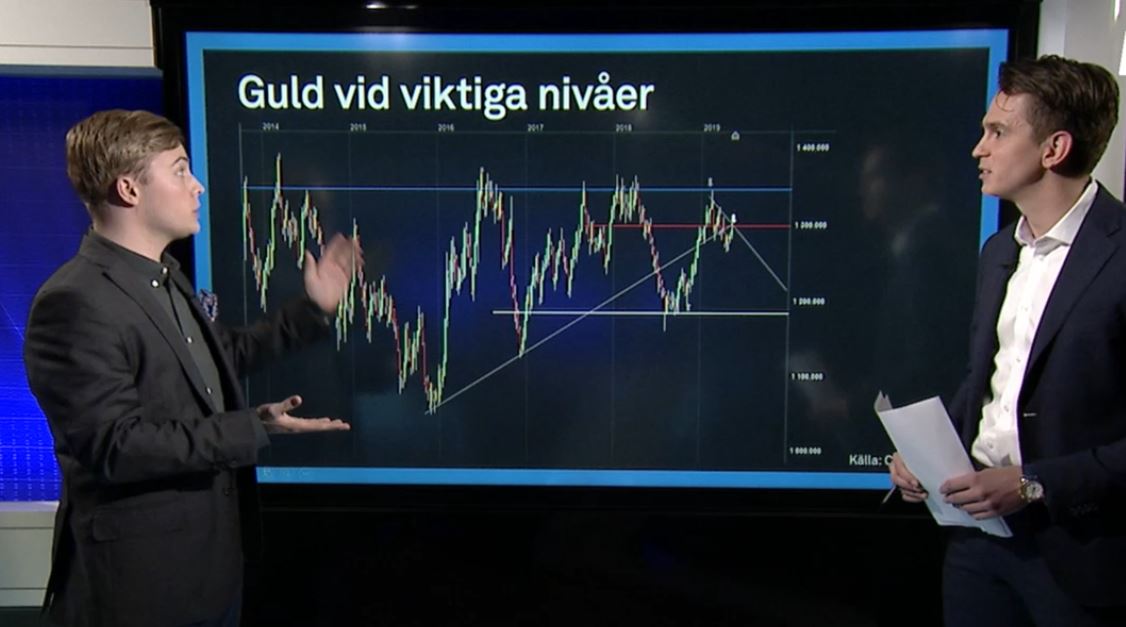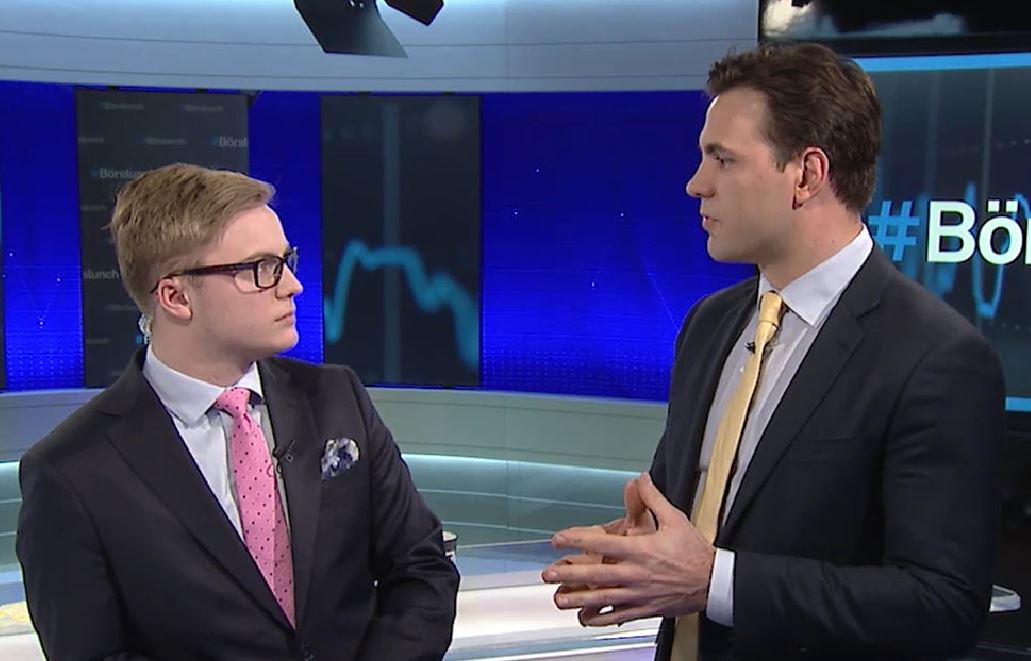Analys från DailyFX
Crude Oil Price Forecast: Next Breakout Likely Depends on Algiers
To receive Tyler’s analysis directly via email, please SIGN UP HERE
Talking Points:
- Crude Oil Technical Strategy: Environment Is Ripe For Retesting Resistance
- Dollar Drop This Month Providing Backdrop For Next Oil Rally
- Contrarian Sentiment System Now Favors Further Downside Risk
Oil volatility has fallen recently, but do not expect this quiet market to last. Later this month, the International Energy Forum in Algiers on September 26-28 will provide another highly anticipated opportunity for major Oil producers like Saudi Arabia, Iraq, Iran to agree to stabilize oil prices by freezing output at current levels.
We recently heard from Iran’s Oil Minister, Bijan Namdar Zanganeh that ~$50-60/bbl Oil is best for OPEC, which could cut one of two ways. Brent Oil (CFD: UK Oil) has recently been trading around ~$50/bbl which could mean they could choose to forego the production increase freeze in hopes the market gets them to where the want to go while at the same time producing more. The more beneficial outcome naturally for Oil Bulls would be to go ahead with the Freeze to encourage the market to get closer to $60 so that the profit margin would be comfortable for the OPEC producers.
Access Our Free Q3 Oil Outlook As Oil’s Best Quarter Looks For Confirmation
Lastly, over the weekend, we heard news of a potential Russia-Saudi Oil pact that seemed to dissipate as the market opened on views that they were both interested more in higher prices without the production cut. That would tend toward the first, albeit less influential outcome mentioned above.
Track short-term Crude Oil price levels and patterns with the GSI indicator!
The OPEC Chief, Barkindo has said that he is, “Optimistic about the success of [Algiers].” Of course, there remain many skeptics since this accord is in all-or-nothing fashion so a key player failing to agree would unravel the hope of lower production instead of higher (hopefully) Oil prices.
D1 Crude Oil Price Chart: Pressure On Bearish Channel (Red) Likely To Return
The chart above shows the price action in US Oil over the summer. For now, the price looks to be ranging from support of ~$40/bbl and resistance of ~$50/bbl. The recent fluctuation around $45 may be helpful for the stability of the market, and may make a move higher strong if it can break through long-term trend resistance that currently sits near ~$49/bbl.
Given the significance of the downtrend from summer 2015, it’s important that we give more credence to continuation over a reversal. However, it would equally be unwise to discount too heavily the developing bullish arguments for Oil.
The weaker US Dollar is a key player, and seasonal tendencies show that trend could continue for the month of September. Above, the 200-DMA has been added to the chart to help you maintain an appropriate bias. The 200-DMA has long been a clear technical bias divider in Oil, and if that remains the case, then the bias is now higher.
You’ll note the 200-DMA ($40.71/bbl) aligns with the median line of the Bullish Pitchfork (Blue) and the early August low. If the price can hold above there, while positive developments build, we’ll continue to await patiently the next breakout higher. A break below this zone will turn us from Bullish to Neutral.
Contrarian System Now Favors Downside Risk as of 9/7/16
In addition to the technical focus, we should keep an eye on retail sentiment as the downside is beginning to align with our Speculative Sentiment Index or SSI for now.
As of midday-Wednesday, the ratio of long to short positions in the USOil stands at 1.61, as 62% of traders are long. Yesterday the ratio was 1.75; 64% of open positions were long. Long positions are 20.6% lower than yesterday and 8.0% above levels seen last week. Short positions are 14.0% lower than yesterday and 4.9% below levels seen last week. Open interest is 18.2% lower than yesterday and 0.4% above its monthly average.
We use our SSI as a contrarian indicator to price action, and the fact that the majority of traders are long gives a signal that the USOil may continue lower. The trading crowd has grown less net-long from yesterday but further long since last week. The combination of current sentiment and recent changes gives a further mixed trading bias.
Key Levels Over the Next 48-hrs of Trading As of Wednesday, September 7, 2016
T.Y.
Think Oil has more room to run? Trade Oil With Low Margin Requirements (non-US Residents only)
Analys från DailyFX
EURUSD Weekly Technical Analysis: New Month, More Weakness
What’s inside:
- EURUSD broke the ‘neckline’ of a bearish ‘head-and-shoulders’ pattern, April trend-line
- Resistance in vicinity of 11825/80 likely to keep a lid on further strength
- Targeting the low to mid-11600s with more selling
Confidence is essential to successful trading, see this new guide – ’Building Confidence in Trading’.
Coming into last week we pointed out the likelihood of finally seeing a resolution of the range EURUSD had been stuck in for the past few weeks, and one of the outcomes we made note of as a possibility was for the triggering of a ’head-and-shoulders’ pattern. Indeed, we saw a break of the ’neckline’ along with a drop below the April trend-line. This led to decent selling before a minor bounce took shape during the latter part of last week.
Looking ahead to next week the euro is set up for further losses as the path of least resistance has turned lower. Looking to a capper on any further strength there is resistance in the 11825-11880 area (old support becomes new resistance). As long as the euro stays below this area a downward bias will remain firmly intact.
Looking lower towards support eyes will be on the August low at 11662 and the 2016 high of 11616, of which the latter just happens to align almost precisely with the measured move target of the ‘head-and-shoulders’ pattern (determined by subtracting the height of the pattern from the neckline).
Bottom line: Shorts look set to have the upperhand as a fresh month gets underway as long as the euro remains capped by resistance. On weakness, we’ll be watching how the euro responds to a drop into support levels.
For a longer-term outlook on EURUSD, check out the just released Q4 Forecast.
EURUSD: Daily
—Written by Paul Robinson, Market Analyst
You can receive Paul’s analysis directly via email bysigning up here.
You can follow Paul on Twitter at@PaulRobinonFX.
Analys från DailyFX
Euro Bias Mixed Heading into October, Q4’17

Why and how do we use IG Client Sentiment in trading? See our guide and real-time data.
EURUSD: Retail trader data shows 37.3% of traders are net-long with the ratio of traders short to long at 1.68 to 1. In fact, traders have remained net-short since Apr 18 when EURUSD traded near 1.07831; price has moved 9.6% higher since then. The number of traders net-long is 15.4% lower than yesterday and 16.4% higher from last week, while the number of traders net-short is 0.4% higher than yesterday and 10.5% lower from last week.
We typically take a contrarian view to crowd sentiment, and the fact traders are net-short suggests EURUSD prices may continue to rise. Positioning is more net-short than yesterday but less net-short from last week. The combination of current sentiment and recent changes gives us a further mixed EURUSD trading bias.
— Written by Christopher Vecchio, CFA, Senior Currency Strategist
To contact Christopher Vecchio, e-mail cvecchio@dailyfx.com
Follow him on Twitter at @CVecchioFX
To be added to Christopher’s e-mail distribution list, please fill out this form
Analys från DailyFX
British Pound Reversal Potential Persists Heading into New Quarter

Why and how do we use IG Client Sentiment in trading? See our guide and real-time data.
GBPUSD: Retail trader data shows 38.2% of traders are net-long with the ratio of traders short to long at 1.62 to 1. In fact, traders have remained net-short since Sep 05 when GBPUSD traded near 1.29615; price has moved 3.4% higher since then. The number of traders net-long is 0.1% higher than yesterday and 13.4% higher from last week, while the number of traders net-short is 10.6% lower than yesterday and 18.3% lower from last week.
We typically take a contrarian view to crowd sentiment, and the fact traders are net-short suggests GBPUSD prices may continue to rise. Yet traders are less net-short than yesterday and compared with last week. Recent changes in sentiment warn that the current GBPUSD price trend may soon reverse lower despite the fact traders remain net-short.
— Written by Christopher Vecchio, CFA, Senior Currency Strategist
To contact Christopher Vecchio, e-mail cvecchio@dailyfx.com
Follow him on Twitter at @CVecchioFX
To be added to Christopher’s e-mail distribution list, please fill out this form
-
Analys från DailyFX10 år ago
EUR/USD Flirts with Monthly Close Under 30 Year Trendline
-
Marknadsnyheter5 år ago
BrainCool AB (publ): erhåller bidrag (grant) om 0,9 MSEK från Vinnova för bolagets projekt inom behandling av covid-19 patienter med hög feber
-

 Marknadsnyheter3 år ago
Marknadsnyheter3 år agoUpptäck de bästa verktygen för att analysera Bitcoin!
-
Analys från DailyFX12 år ago
Japanese Yen Breakout or Fakeout? ZAR/JPY May Provide the Answer
-

 Marknadsnyheter2 år ago
Marknadsnyheter2 år agoDärför föredrar svenska spelare att spela via mobiltelefonen
-
Analys från DailyFX12 år ago
Price & Time: Key Levels to Watch in the Aftermath of NFP
-
Analys från DailyFX8 år ago
Gold Prices Falter at Resistance: Is the Bullish Run Finished?
-
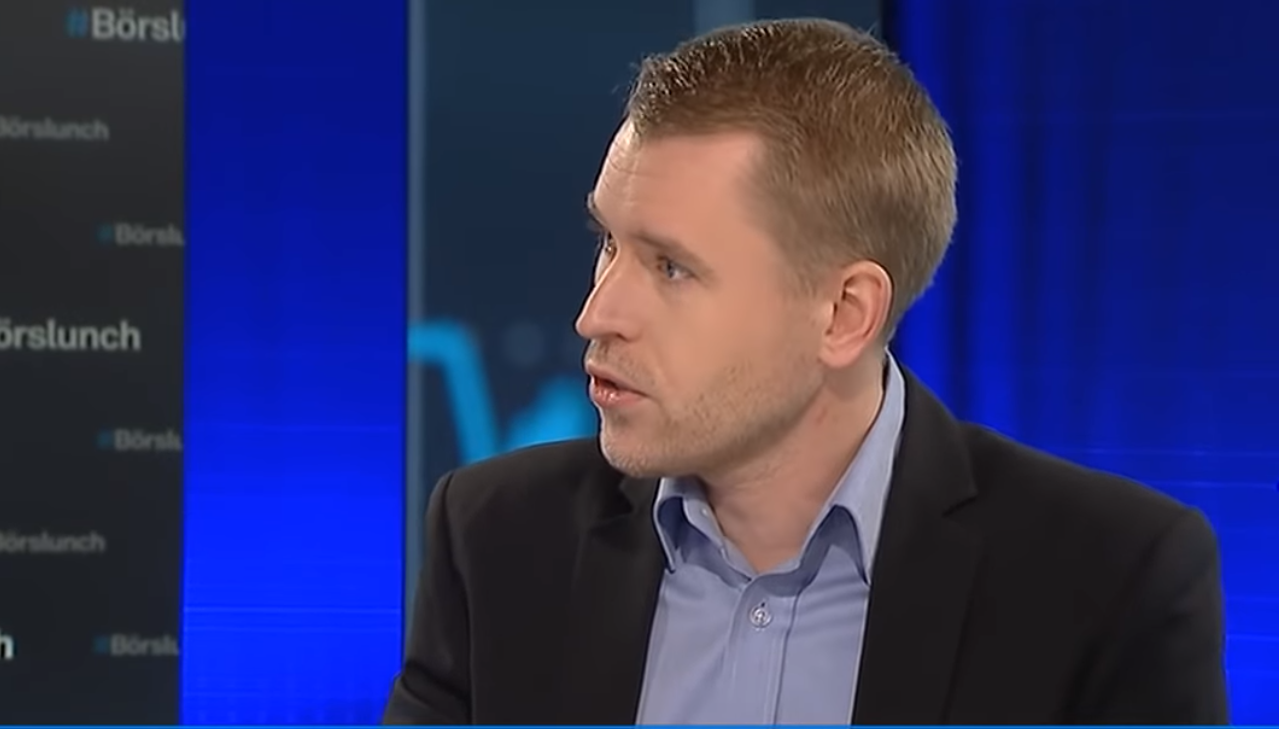
 Nyheter7 år ago
Nyheter7 år agoTeknisk analys med Martin Hallström och Nils Brobacke







